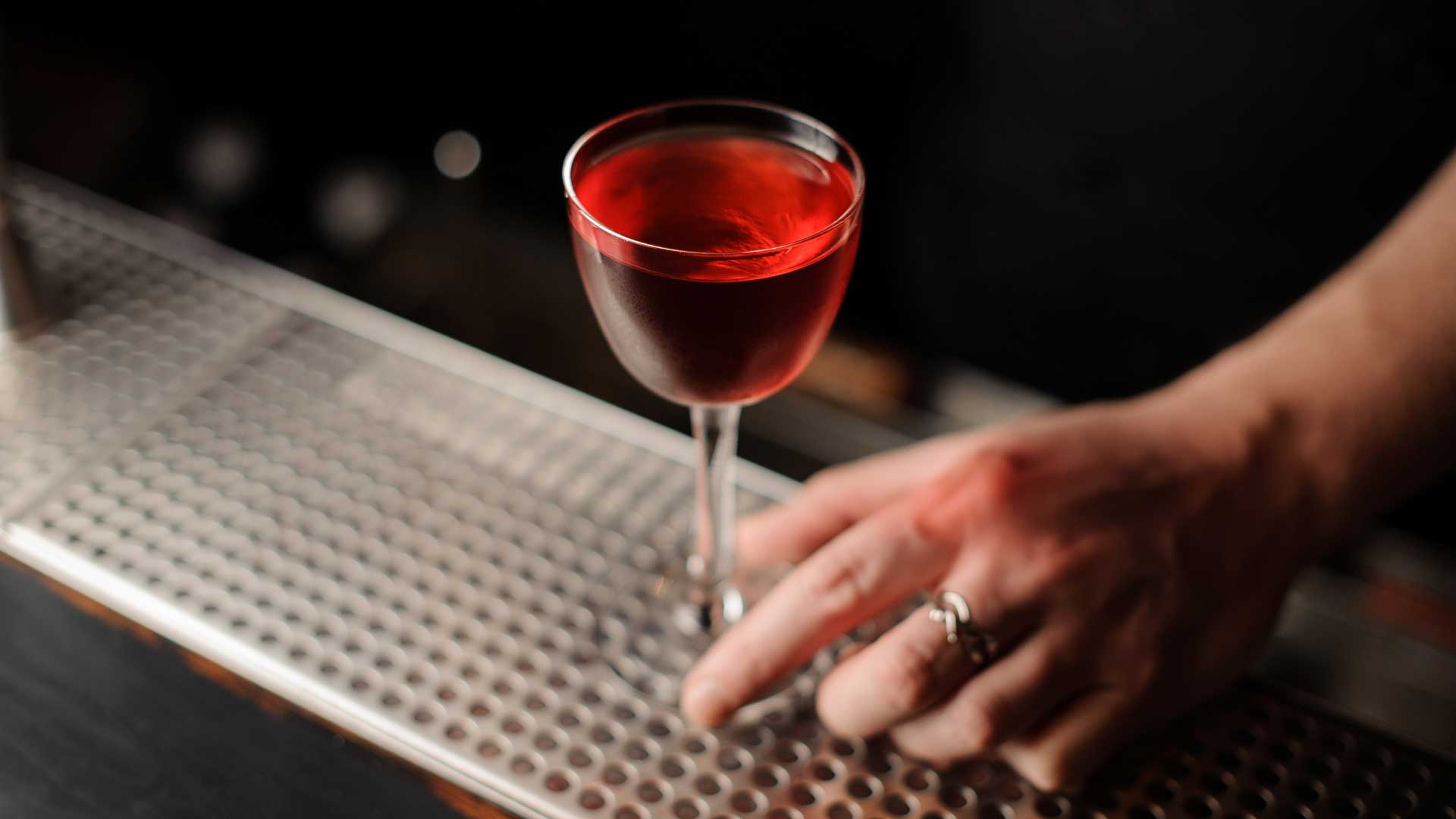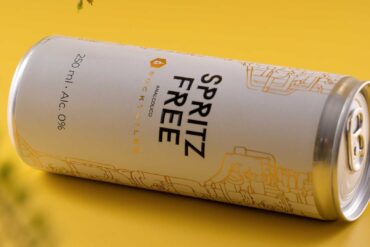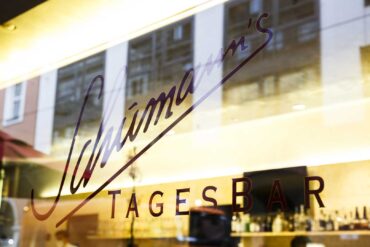Some cocktails are world-famous, others are well-known but not widely acclaimed, and then there are drinks that few people have even heard of. Chancellor cocktail belongs to the latter category, even though it certainly deserves a try.
The History of the Chancellor Cocktail
The drink’s scarce fame goes hand in hand with its decidedly obscure origin story and the main sources on the history of mixology don’t state when it was invented or by whom. They don’t even say where it originated, although on this point the observations of David Wondrich, one of the leading experts in the field, do offer some insight.
In his opinion, the most likely birthplace of the Chancellor cocktail was Britain, or one of the territories of the old empire. Perhaps the name is a tribute to a particular figure in British universities: the chancellor, a kind of rector with a representative rather than administrative role (the latter would be entrusted to the vice chancellor). However, Wondrich himself admits that his account is little more than conjecture and that there’s no strong evidence today to back up his theory.
The First Appearance
Wondrich’s version is nonetheless supported by one tangible fact: the first mention of the Chancellor is made in the Café Royal Cocktail Book, published in 1937 and written by William James Tarling (Billy to his friends). Thanks to this book we at least have an idea of the historical period in which the Chancellor was conceived. The fact that it appears in the recipe book of London’s Café Royal also validates the theory of the drink’s British origins.
Unfortunately, the book only mentions the drink in a sort of afterword, a “supplementary list” where the lack of “space forbids giving the recipes”. Basically, there are no indications of the ingredients or proportions. For those, we’d have to wait until 1977 and Jones’ Complete Barguide by Stanley M. Jones. Thanks to that publication, we discover that the Chancellor is a twist on the classic Rob Roy, where the variation is the addition of port.
The Chancellor Cocktail Recipe
The recipes in circulation tend not to specify the type of port to be used. However, we can say that the most popular appears to be ruby, i.e. red port aged in large barrels. Furthermore, some sources indicate that the use of dry vermouth tends to produce a very dry flavour profile, despite the sweet notes of port. If you prefer a more rounded drink, you can divide the required quantity into two: half sweet vermouth and half dry, to make up the total volume of 12.5 millilitres.
Ingredients
- 50 ml Scotch whisky (blended)
- 25 ml port
- 12.5 mil dry vermouth
- 2 dashes of Angostura
Method
Pour all the ingredients into a mixing glass filled with ice. Stir thoroughly to blend and chill the mixture. Then strain into a fridge-cooled glass.
Garnish
No garnish is necessary. If desired, a lemon rind will do just fine.






